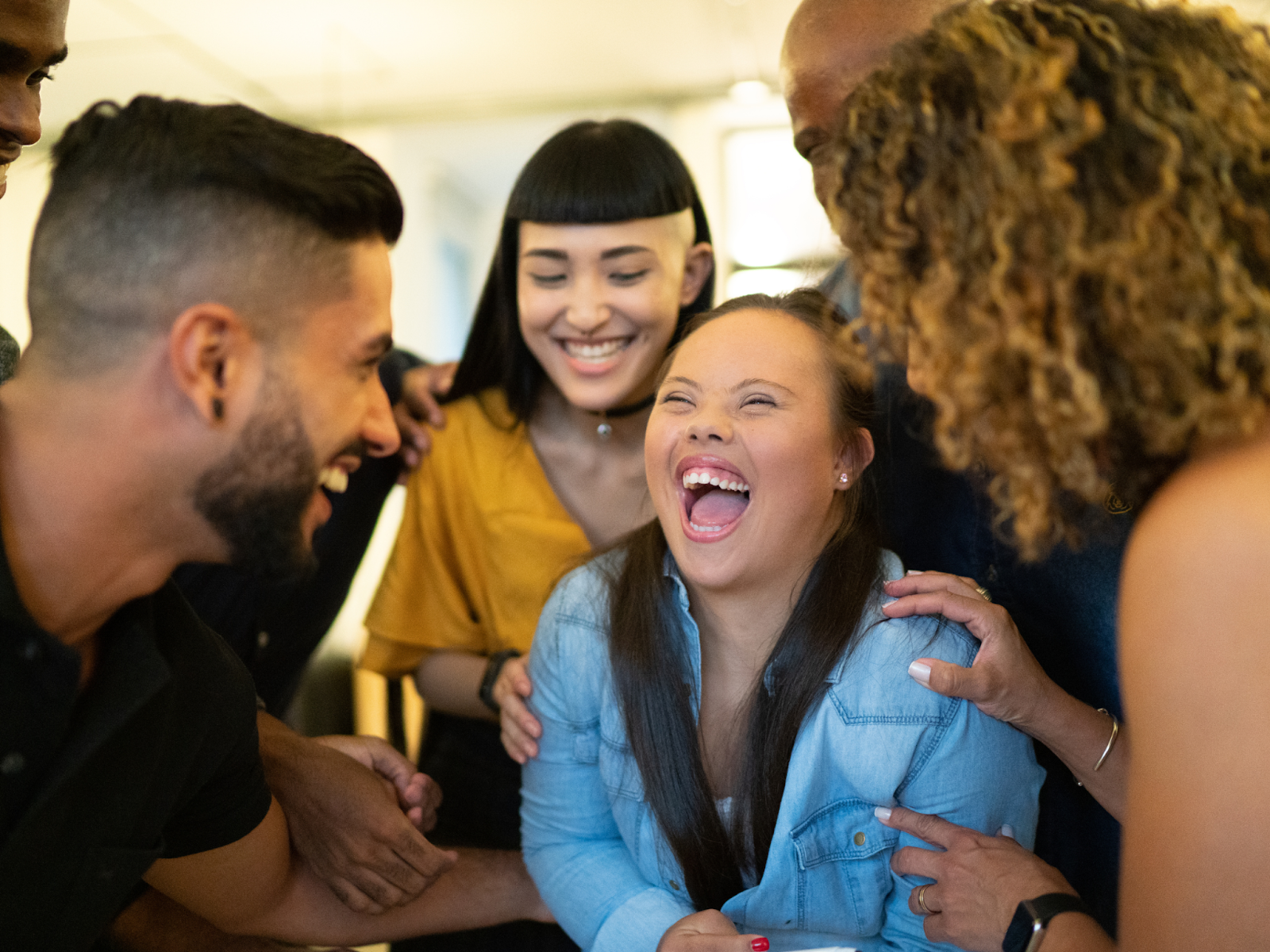Since 2013, California’s Self-Determination Program (SDP) has been an option for individuals looking to exercise more self-advocacy when it comes to supportive disability services. For those who feel limited by traditional resources, it offers flexibility and freedom, allowing them to pick the services that will help them achieve a better quality of life. So, is SDP the right choice for you? Here’s what you should know.
What is the Self-Determination Program (SDP)?
California’s Self-Determination Program (SDP) offers more freedom and flexibility in choosing the best services for people with disabilities. It allows individuals and their families to have a greater say in selecting the resources they need to meet personal goals and aspirations.
The Department of Developmental Services (DDS) runs the SDP in line with the Lanterman Act, a California law that protects certain rights of people with disabilities. One of these is the right to receive the supportive services they need to have the same quality of life as those without disabilities.
SDP Participants are given a budget that they can use for approved services. These may include housing, education and employment supports, accessibility tools, and activities that encourage independence.
Who is Eligible for SDP Services?
For anyone interested, this is one of the most important questions about the SDP. It’s open to those with a qualifying disability who have received Regional Center services.
Participants are required to:
- Attend an SDP orientation
- Enlist the help of a Financial Management Service (FMS)
- Make a Person-Centered Plan
- Agree to specific conditions outlining how they can use their personal SDP budget
To be eligible for the SDP, participants must live in the community and not in a long-term care facility like a nursing home or State Developmental Center. However, if someone living in one of these facilities wishes to enroll in the SDP, they can begin the process so long as they plan to transfer to community living within 90 days.
Who is SDP Best For?
The SDP is a great option for those who find that their needs aren’t being met by traditional Regional Center services.
Some individuals who may find the program helpful include:
- Individuals with complex needs who want more diverse support options
- Self-advocates seeking a more hands-on approach to their services
- College students who need tailored support for education and life
- Families who want more choice
- Clients who have a lot of support staff or require 24-hour care
- Those transitioning into adulthood
- Anyone exploring independence and increased self-advocacy
Who isn’t a good fit for SDP?
SDP isn’t the right choice for everyone. It requires additional time, effort, and attention—things that not everyone can spare. Calling in the help of an Independent Facilitator can help reduce these demands, freeing up time and energy for those enrolling in the SDP. However, they will still need to be available for important personal decisions and approvals.
SDP may not be a good fit for those who:
- Have urgent needs requiring consistent, traditional support
- Lack support from family or caretakers
- Have a primary service provider that doesn’t accept SDP payments
- Don’t have availability to manage services month-to-month
- Already have the services they need
Discover How to Get Started with California’s SDP with NeuroNav
For eligible Californians, the SDP can open doors to new opportunities. NeuroNav is your source of support, information, and advice when it comes to getting the resources and tools you need to live your best life.
With our independent facilitation services, we can help you make a plan, find resources, and pick services that will help you make the most of the SDP. Book a consultation today and discover what’s possible with Neuronav on your side.




